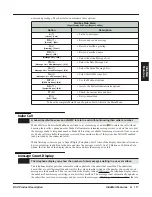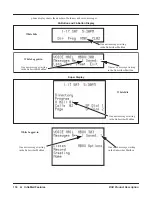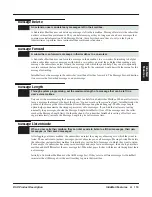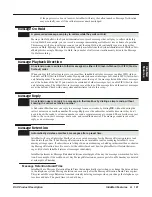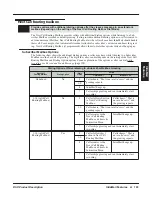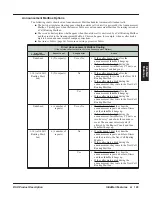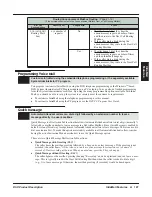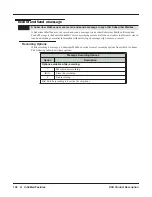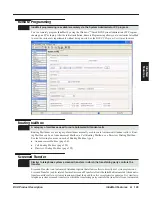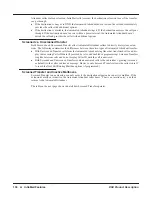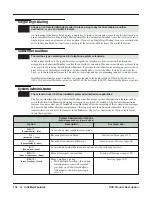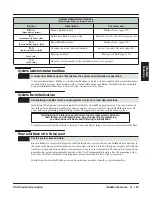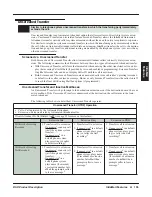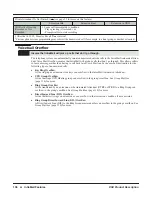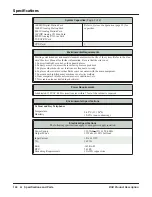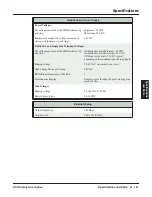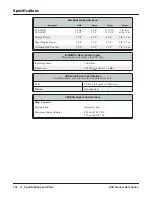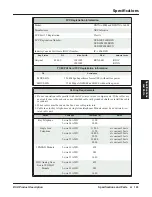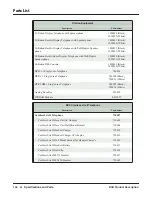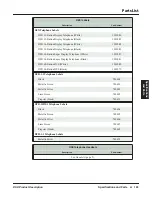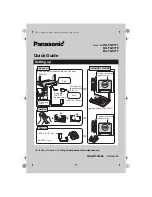
130
◆
IntraMail Features
DSX Product Description
Attendant caller dials an extension, IntraMail calls (screens) the destination extension to see if the transfer
can go through.
❥
If the destination is busy or in DND, the Automated Attendant doesn’t extend the call and immediately
provides the caller with additional options.
❥
If the destination is available, the Automated Attendant rings it. If the destination answers, the call goes
through. If the destination doesn’t answer within a preset interval, the Automated Attendant doesn’t
extend the call and provides the caller with additional options.
Screened vs. Unscreened Transfer
Both Screened and Unscreened Transfer allow Automated Attendant callers to directly dial system exten-
sions. The following summarizes the differences between these two types of Automated Attendant transfer.
❥
With Unscreened Transfer, calls from the Automated Attendant ring like other transferred calls and dis-
play the incoming Caller ID data (if provided by telco and enabled in programming). Screened Transfers
ring like Intercom calls and do not display Caller ID until the call is answered.
❥
Both Screened and Unscreened Transfers route unanswered calls to the subscriber’s greeting (recorded
or default) so the caller can leave a message. However, only Screened Transfer allows the caller to dial 2
to reach the Next Call Routing Mailbox options (if programmed).
Screened Transfer and Inactive Mailboxes
Screened Transfer to an extension can only occur if the destination extension has an active mailbox. If the
extension’s mailbox is inactive, the Automated Attendant caller hears, “
That is an invalid entry,”
and then
returns to the Automated Attendant.
The table on the next page shows in detail how Screened Transfer operates.
Summary of Contents for DSX PRODUCT DESCRIPTION
Page 150: ...138 IntraMail Features DSX Product Description...
Page 160: ...Parts List 148 Specifications and Parts DSX Product Description...
Page 161: ......


